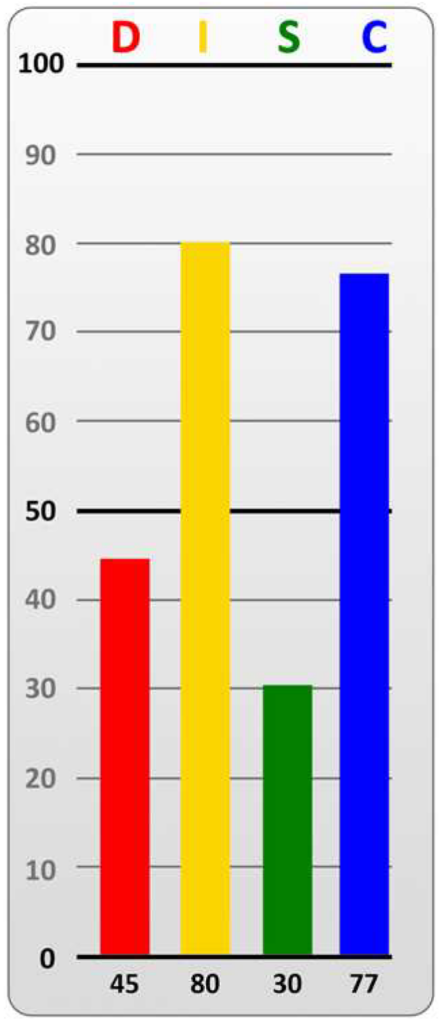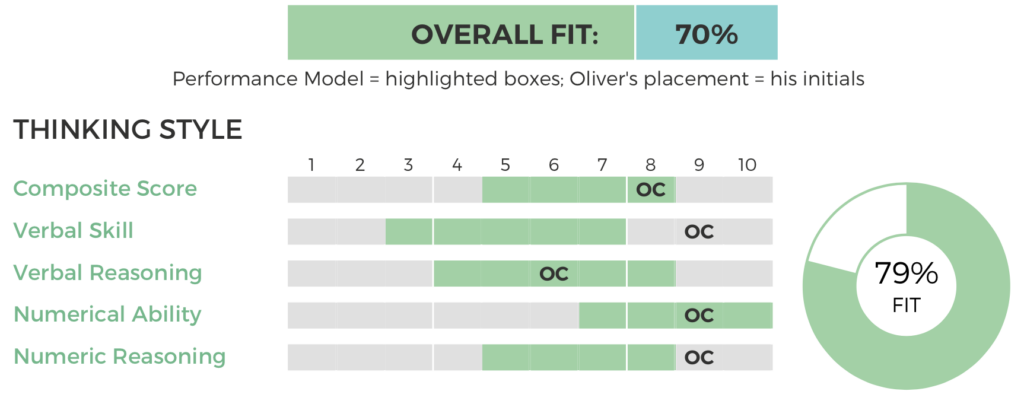Should you use DISC for Hiring?
Adam Stamm
Managing Partner: Online DISC Profile

Learn When and How to Use DISC in the Hiring Process
DISC is a simple yet powerful tool.
Because it is cost-effective and easy to use, we understand why teams and organizations want to use it as a selection tool for hiring or promoting. But should they?
The short answer is…. maybe.
Hiring and selection are crucial to any business, and this topic has many nuances. This article explores the full use of DISC within the hiring process. Unfortunately, there isn’t a clear answer on whether you should use DISC until you weigh the tool’s ability against your hiring and selection needs.
For those who don’t have time to read this entire article, here is an overview:
- Humans are complex. The DISC model only shows a candidate’s behavioral side, not their cognitive capacity or interests. The candidate’s cognitive and interests may matter more than behavior in certain positions.
- In our experience, the best use of DISC in the selection assessment is when DISC insights are used during interviews as role-based questions with the candidate.
- When evaluating a DISC assessment tool for selection, ensure it’s researched for discrimination.
For those who have the time, please continue reading for our complete perspective to the question of using DISC for hiring.
Determining a Candidate’s Fit
Harvard Business Review conducted a 19-year study that monitored the performance of over 360,000 individuals hired for sales roles to determine why specific candidates are more successful than other candidates.
This study is monumental because it showed how our biases might hinder us from finding the best candidate for a particular role.
The study showed that the following characteristics were poor indicators of success:
- Age
- Gender
- Race
- Education
Today, we may take this knowledge for granted.
Still, the study continues to challenge organizations to look for how a candidate fits a position rather than making judgments based on intuition.
Areas that Determine Job Fit
For those experienced in hiring, you have likely found that identifying job fit is one part of science and many parts of trial and error.
In our experience, there are a few key areas that can be used to determine job fit:
- Cognitive Ability
- Interests
- Behavior
- Experience
- Skill
- Emotional Intelligence
The DISC Assessment we sell (DISC Basic) is built to support hiring through onboarding and potentially behavioral interviewing (not prediction). It’s essential to understand that DISC only measures behavioral styles (more on that below). If you are hiring for a role that requires a specific (and measurable) skill set, DISC likely won’t work well.
Can DISC Determine Job Fit?

Imagine you are hiring for a sales position.
You want to use DISC to qualify your candidates.
When using DISC, you could use it to understand both their Behavior and Emotional Intelligence. For example, let’s imagine you will only interview candidates with a D-Style, i-Style, or a combination of the two.
In the interview, you use candidates’ DISC results to ask questions specific to each candidate’s style to understand their emotional intelligence better.
With the D-Style candidates, we could ask them how they would respond if someone questioned their knowledge of a particular product they were trying to sell.
You could ask the i-Style candidates how they would respond if a potential lead seemed uncomfortable with small talk and always responded in short, blunt statements.
This would offer a standardized hiring process that could help eliminate interviewer bias. In fact, the DISC Ai platform could allow you to predict the style needed for your role so you can take the guesswork out of it yourself.
Overall, this process could work. Using DISC in the interview process can help you determine how well the candidate can adapt their style and leverage their experience and skills to meet your client’s needs.
However, if your sales role requires candidates to understand, say, the details around complex financial packages or other highly technical details – DISC might hinder your hiring efforts.
If you feel this might fit the roles you are looking to fill, read on to learn about other types of hiring assessments!
Determining Job Fit with Non-DISC Assessments

Earlier, we discussed how job fit can be determined beyond measuring behavior.
We discussed that job fit can be measured by assessing:
- Thinking Abilities (Cognition, how a person understands and uses information, not just what they know)
- Behavior
- Interests (or motivation)
- Emotional Intelligence
When looking at non-DISC hiring assessments, we recommend finding a selection assessment that measures a person based on their behavior and thinking abilities. Here are a few things that your hiring assessment should be able to tell you:
Job Fit Prediction
Whatever you choose to measure to help you predict a candidate’s success, ensure that those measurements are being used to predict “Job Fit.” A validated hiring assessment should provide a percentage that estimates the likelihood of success for a candidate in the position for which you are hiring.
Comparison Tools – Roles
As a hiring manager, you want to be able to strategically evaluate your candidates. Many candidates are applying for multiple jobs for a multitude of organizations. For that reason, they might have applied for a job at your organization and they missed an opportunity for a position where they would be a better fit for. Don’t let a great candidate get away! Your hiring tool should be able to measure a candidate against multiple positions giving you the flexibility to see where else they may fit in your organization. This ability to compare a candidate to multiple roles will also help you with succession planning and determining what sort of coaching an employee may need following a promotion.
Comparison Tools – Candidates
At a minimum, you should find a tool that helps you compare your candidates with ease. All of the data that you collect on your candidates will lose it’s value if you or your organization can’t use it effectively.
Validated for hiring
Ensure that your hiring assessment was tested for reliability and is validated for hiring. Laws for hiring vary based on locations, and it’s always important to know what your local laws are when using a hiring assessment.
Looking for a Non-DISC Hiring Assessment?
The most important aspect of choosing a hiring assessment is making sure that you or your organization can use it effectively. We have evaluated multiple tools and would love to discuss the ones we feel are most effective.
Click the link below to learn more about the selection assessment we recommend.
